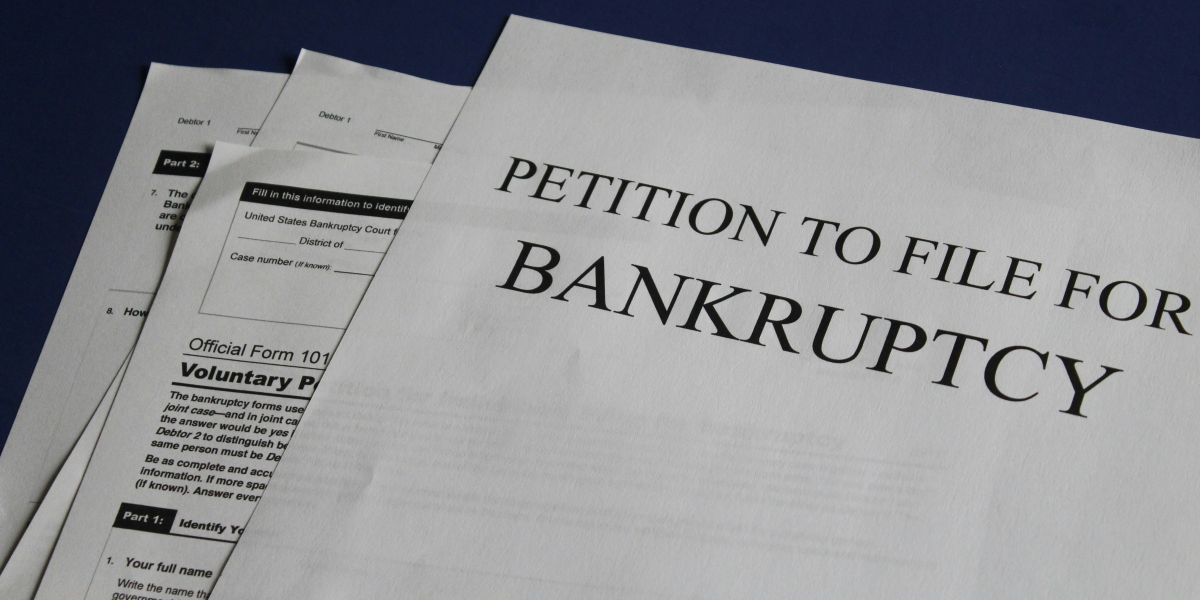During the pandemic, households across the world saw unprecedented changes in their financial situations. Stimulus packages, increased savings rates, and reduced spending contributed to a temporary financial cushion for many. However, as the pandemic has receded, those savings have dwindled rapidly, affected by various factors such as inflation, job market fluctuations, and reduced government support. In this article, we explore the primary reasons behind the depletion of these savings and the broader economic implications.
Stimulus Spending
At the height of the pandemic, governments around the world introduced stimulus measures to help individuals and businesses stay afloat during economic lockdowns. In the U.S., multiple stimulus checks were issued, and unemployment benefits were expanded. Many people used these funds to build savings. However, as these programs ended, people began to rely on their savings for everyday expenses.
With the end of these stimulus programs and rising economic pressures, households have gradually used up their pandemic savings, contributing to a significant decline in the financial cushion once enjoyed by many.
Increased Household Expenditures
As lockdowns lifted and economies reopened, household expenditures surged. Pent-up demand for travel, dining out, and entertainment led to a sharp increase in consumer spending. This increase, coupled with rising costs of essentials such as groceries, fuel, and housing, accelerated the depletion of pandemic savings.
Moreover, the economic uncertainty during the pandemic led many people to delay large purchases such as homes or cars. As these delayed expenditures finally materialized, they quickly ate into savings accounts.
Inflationary Pressures
Inflation has become a significant factor in the erosion of savings. The pandemic and subsequent supply chain disruptions caused prices to rise across various sectors, from energy to consumer goods. In particular, inflation in 2022 and 2023 reached multi-decade highs, increasing the cost of living substantially. For households with limited income growth, this meant dipping into their savings to maintain their standard of living.
Inflation not only impacted everyday purchases but also reduced the real value of money held in savings accounts, contributing further to the dwindling reserves from the pandemic.
Job Market Volatility
The pandemic led to severe job market volatility, with widespread layoffs and business closures affecting millions of workers. While the job market has recovered in many sectors, employment has become more precarious for certain groups, particularly gig workers and those in service industries. This volatility has left many individuals relying on their savings to bridge income gaps between jobs, leading to the gradual depletion of their financial buffers.
For individuals who have faced inconsistent employment or wages, the return to financial stability has been slow, with the consequence that their savings continue to diminish.
Interest Rate Hikes
In an effort to combat rising inflation, central banks have increased interest rates, including the U.S. Federal Reserve. While this move is intended to stabilize the economy, it has also led to higher borrowing costs for consumers, particularly in areas like mortgage rates, auto loans, and credit card debt. As people are forced to divert more of their income to service debts, they have less available for savings.
Additionally, higher interest rates have affected investment portfolios, causing some individuals to withdraw savings or investments prematurely, further accelerating the depletion of pandemic-era savings.
Reduced Government Support
As the pandemic has faded, so too have many of the emergency measures that helped households weather the storm. Reduced government support, including the end of stimulus payments and expanded unemployment benefits, has left many households without the financial safety nets they once had. Programs like rent relief and eviction moratoriums have also ended, further straining household budgets.
For many families, these reduced support structures have left them reliant on their dwindling savings to cover basic living costs.
Shifting Consumer Behavior
The pandemic has led to long-lasting changes in consumer behavior. While many people saved more during the lockdown due to restricted spending options, post-pandemic habits have shifted toward more discretionary spending. The return of travel, leisure, and dining, coupled with rising prices, has contributed to faster depletion of savings.
Consumer behavior has also been affected by the “revenge spending” phenomenon, where people splurge on non-essential items after periods of austerity, further eroding their financial reserves.
Impact on Wealth Inequality
The dwindling of pandemic-era savings has disproportionately affected low- and middle-income households, exacerbating wealth inequality. While some wealthier individuals were able to invest their stimulus checks or continue saving, many lower-income households have had to rely on their savings to cover daily expenses. As a result, the economic recovery has been uneven, with a widening gap between those who managed to grow their wealth and those who are left with little or no savings.
The decline in savings has highlighted pre-existing inequalities and will likely have long-term effects on wealth distribution in the years to come.
The dwindling of savings accumulated during the pandemic is a complex issue, driven by factors like inflation, increased household spending, reduced government support, and job market volatility. As the global economy faces ongoing challenges, many households are finding it difficult to rebuild their financial cushions. The implications of these trends are significant, both for individuals and the broader economy, and will likely influence economic policies and consumer behaviors in the near future.









